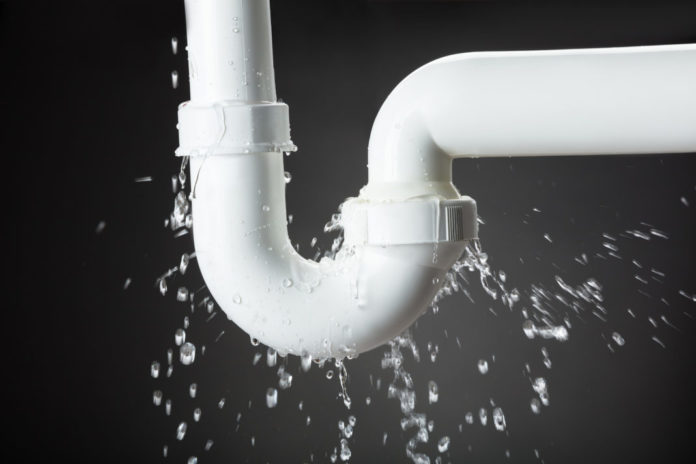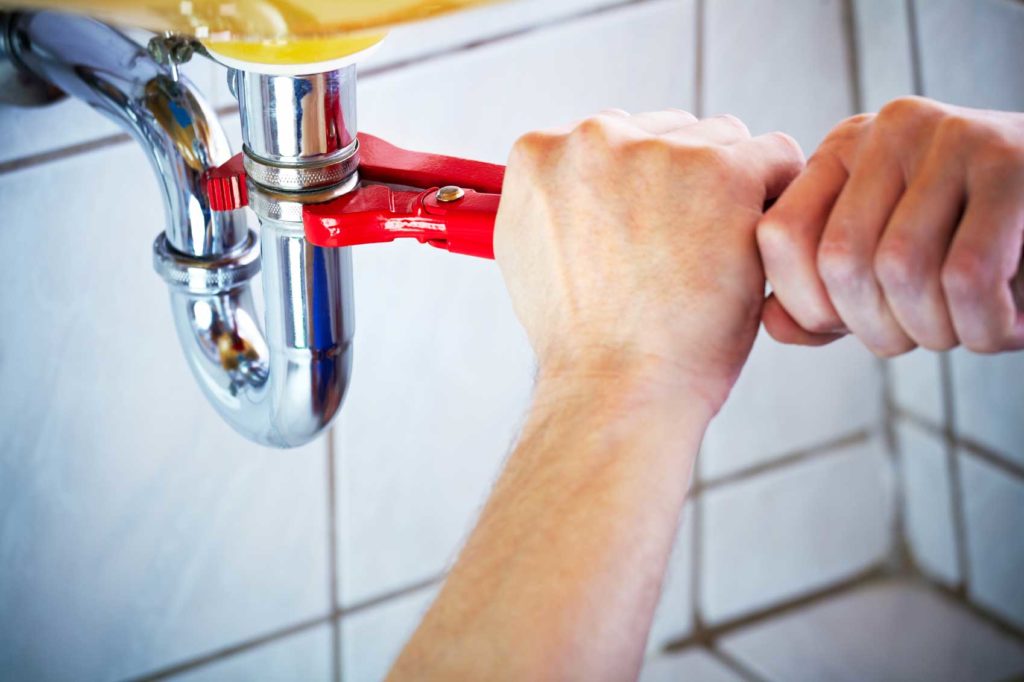
The rate of homeownership varies from state to state. Not surprisingly, it tends to be higher in areas with a lower cost of living. As a homeowner, you should already know that you have more power and more responsibility over what happens with your house.
You can no longer call a landlord at 3am if, for instance, your in-unit washing machine explodes. Instead, you need to figure out how to get basic repairs and maintenance done on your own time and with your own money.
One of the most confounding issues is a water line problem. Whether it’s an all-out flood or a leaky pipe, it’s something you don’t want to wait to address. Here’s how to figure out what, exactly, is up with your water line.
Spotting the problem
A water line problem can present itself in a few different ways. Let’s say you’re in the middle of a dry summer and walk right into a puddle in your backyard. That shouldn’t happen — if it does, it often means that the water line has been compromised in some way.

When a water line underground is leaky or cracked, then the water doesn’t go the route it’s supposed to. Instead, it ends up on your lawn just in time for your dog to give himself a mud bath. If this happens, you should call local plumbers and ask them to check things out (also, give your dog a bath). It’s quite possible you’ll end up needing a water line replacement.
Besides this, there can be water problems which literally drop down and land on your hand. A leaky roof could also signal another issue with your home’s construction. It might mean you need to replace your roofing with a product like Everdrain that protects against leaks. Since water lines are typically underground, it’s unlikely that an issue with your roof can be directly traced back to the water line.
You should also make sure that a clog in one part of your house isn’t affecting the rest of the house. That’s a surefire sign that something is backed up. For instance, when you flush the toilet, does water bubble up in the shower drain? That’s a bad sign. When something is backed up, it has to go somewhere. That “somewhere” may be your toilet, tub, or sink.
In fact, you may want to shut off the main water line until you can get a plumber to your house to properly assess the situation and recommend a fix.
How water lines are replaced
Most of us don’t walk around every day looking at water line replacements. If you’ve ever seen one, you probably remember seeing a big trench that looked dangerous for both workers and the home’s residents.

While trenches still exist, they’re not nearly as common nowadays. That’s partly because trenches can be incredibly dangerous. They’re so dangerous that OSHA has a fact sheet on its website about the perils of trenching and excavation.
Luckily, newer water line replacement methods are both safer and more efficient. Some plumbers dig access pits that are smaller and safer than full-blown trenches. Those pits allow them to seamlessly remove (or “pull”) the old water line while also laying down a new line. It’s a bit like building a new house on an old foundation, assuming the old foundation is still sturdy and usable.
If the plumbers decide using the old line route isn’t going to work for whatever reason, they can try another option like directional boring or pneumatic missile installation. You should ask your plumber about the pros and cons of their chosen trenchless water line replacement method.














